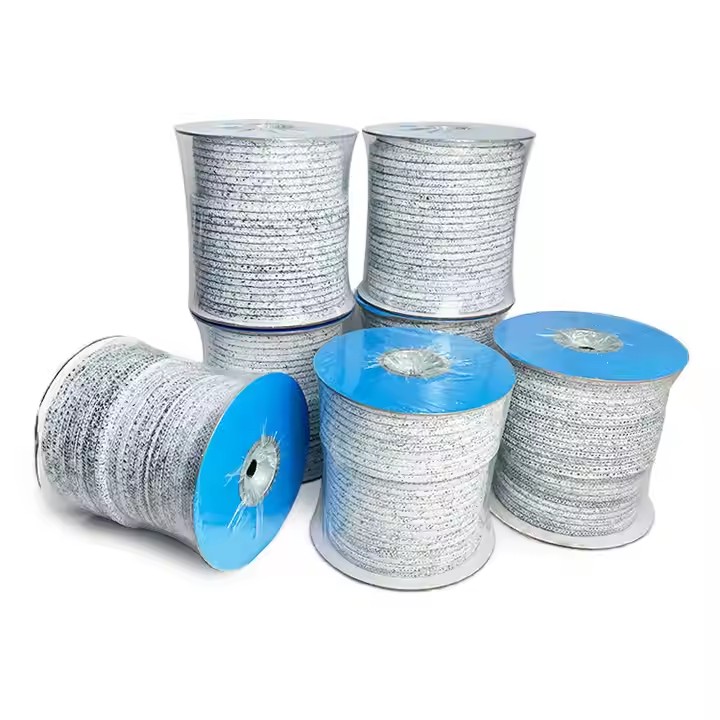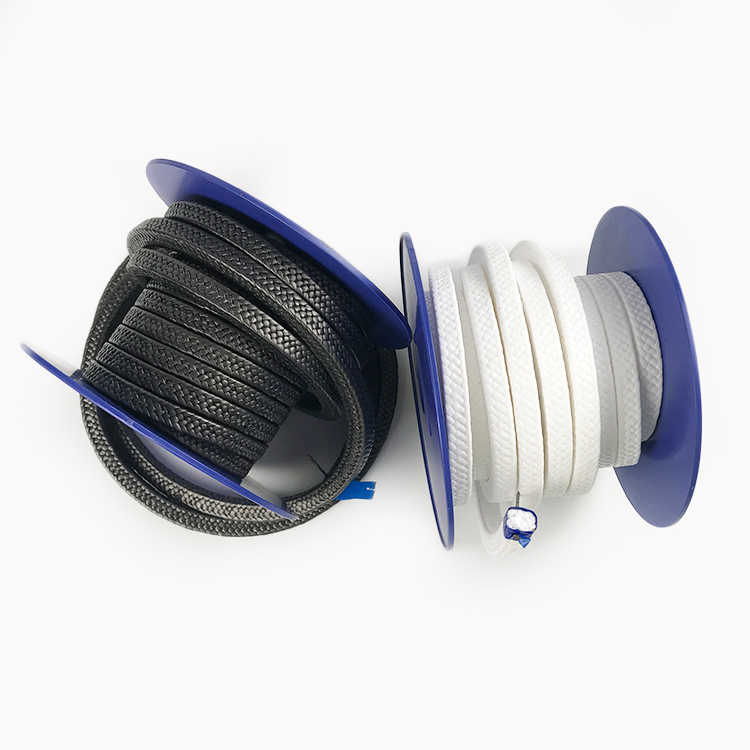The Costly Mistake: Why Your Pump Seals Keep Failing
Here’s a scenario we’ve all seen too often. A chemical plant in Texas was replacing phenolic packing every 3 months due to sulfuric acid leaks. The maintenance team assumed all packing materials were equal—until a $220,000 unplanned shutdown proved them wrong.
Here’s the catch: 90% of seal failures trace back to material mismatch. Let’s break down the three most widely used packing types—phenolic packing, PTFE packing, and graphite packing—and how to avoid expensive trial-and-error.
(Note: Test data referenced here was collected at 85°F ambient temperature.)

Phenolic Packing
1. Phenolic Packing: The High-Temperature Workhorse
Key Properties
• Density: 1.25-1.35 g/cm³ (Garlock® 6000 series)
• Max Temp: 450°F (232°C) – outperforms PTFE in dry heat
• Chemical Resistance: Excellent for steam, alkalis; weak against strong acids
Where It Shines
A Midwest power plant slashed steam valve maintenance by 60% after switching to phenolic-reinforced yarn. Based on my field experience, phenolic packing is ideal for:
- Steam turbines
- Hot water pumps
- Low-pressure boiler systems
Cost & Lifespan
- Price: 12−18 per linear foot
- Lifespan: 2-5 years in non-acidic environments

PTFE Packing
2. PTFE Packing: The Chemical Warrior
Key Properties
• Density: 2.1-2.3 g/cm³ (Teflon®-based blends)
• Max Temp: 500°F (260°C) but degrades rapidly above 400°F
• Chemical Resistance: Near-universal—even handles hydrofluoric acid
The Tradeoff
Now, this is where things get interesting. While PTFE packing resists almost every chemical, its cold-flow tendency causes seal relaxation. A common mistake we see? Over-torquing PTFE gland followers to compensate.
Top Applications
• Chlor-alkali processing
• Pharmaceutical mixers
• Food-grade pumps (FDA-compliant grades)
Cost & Lifespan
- Price: 25−40 per foot (premium for Gore®-style expanded PTFE)
- Lifespan: 1-3 years unless abrasive particles present

Graphite Packing
3. Graphite Packing: When Extreme Conditions Strike
Key Properties
• Density: 1.6-1.8 g/cm³ (Flexitallic® LN series)
• Max Temp: 1200°F (650°C) in inert atmospheres
• Chemical Resistance: Good except strong oxidizers
Case Study: Saving a Refinery
When a Louisiana refinery’s hot oil pumps kept failing, graphite packing solved two problems:
- Withstood 800°F heat cycles
- Resisted sulfur compounds that ate phenolic fibers
Cost & Lifespan
- Price: 30−50 per foot (varies by foil vs. filament construction)
- Lifespan: 5+ years in clean, high-temp services
(Fun fact: Graphite packing conducts electricity—unlike phenolic or PTFE.)
Decision Tree: Which Packing Should You Choose?
Follow this logic path:
- Temperature > 600°F? → Graphite
- Handling strong acids/alkalis? → PTFE
- Exception: For steam below 450°F, phenolic costs 40% less
- Budget-constrained with moderate temps? → Phenolic
As a final tip: Always cross-check with your packing supplier’s compatibility charts. What works for a German chemical plant might fail in Mumbai’s monsoon humidity.
 Hongwo Braided Packing
Hongwo Braided Packing


WhatsApp
Scan the QR Code to start a WhatsApp chat with us.